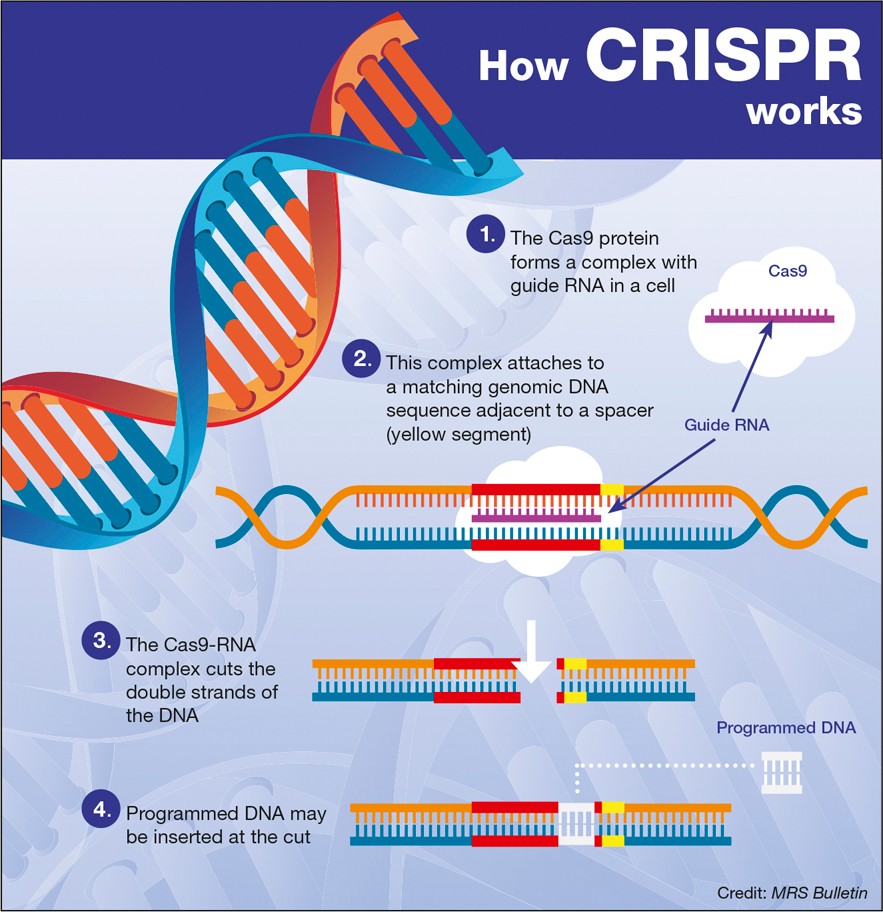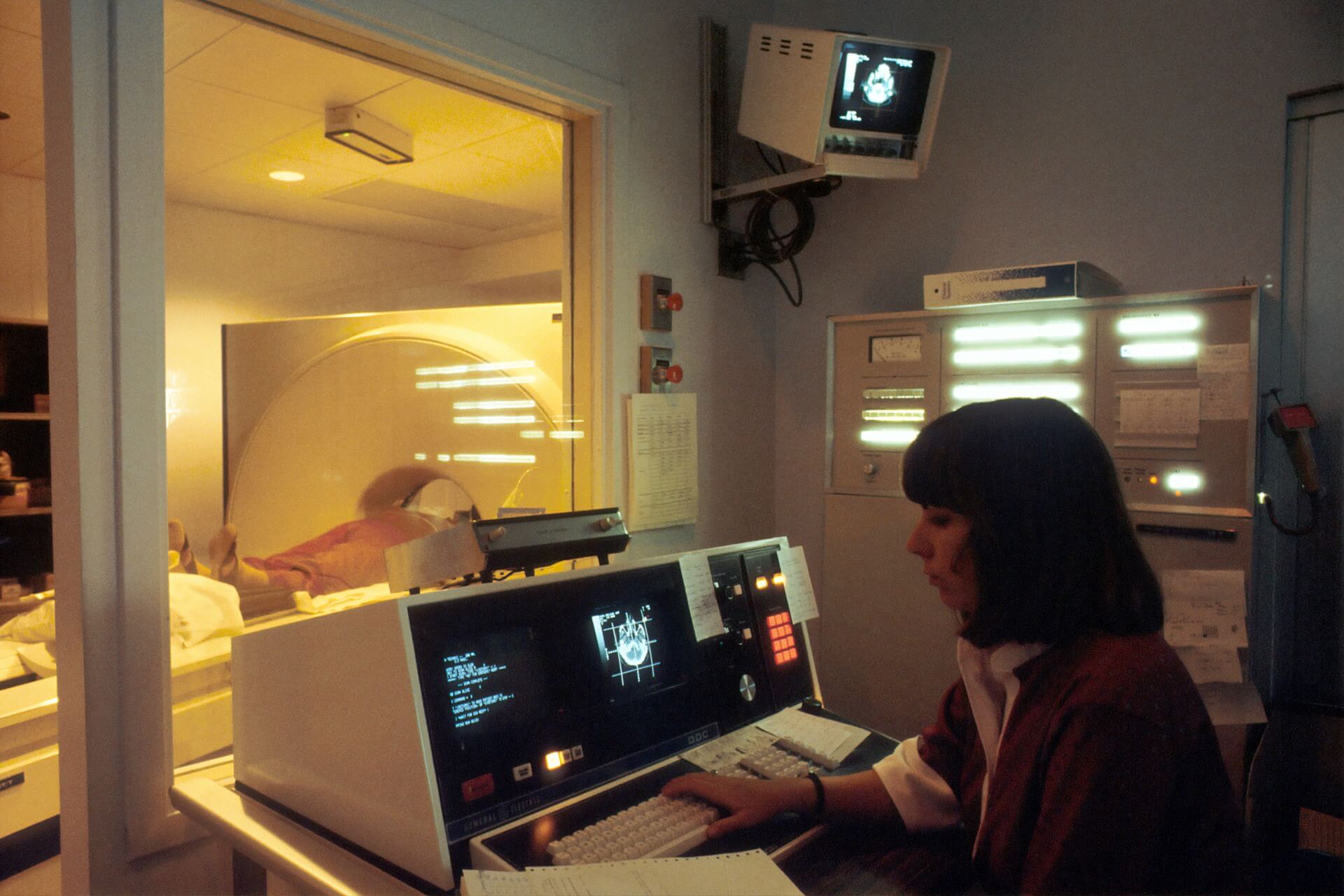
Doctors Start Using CRISPR to Kill Cancer Cells
March 20, 2018 - Emily Newton
Revolutionized is reader-supported. When you buy through links on our site, we may earn an affiliate commission. Learn more here.
China stands on the cutting edge of cancer treatment with a new therapy using the gene editor CRISPR. This system could help cure patients with untreatable cancers and other diseases. Now, American doctors plan to conduct a study of their own to attempt to repeat the stunning results from China.
How Does CRISPR Gene Therapy Work?
CRISPR stands for Clustered Regularly Interspaced Short Palindromic Repeats. While it sounds like a mouth full, it essentially slices DNA. This gene editing technology allows scientists to do crazy things including giving pig organs to humans, make super plants, engineer mini-pigs and treat blindness. CRISPR is also able to help patients fight cancer.

Doctors start by removing one type of blood cell, known as T cells. They use CRISPR to modify the cells to help them recognize cancer cells as dangerous. Doctors add an engineered receptor which steers T-cells toward bad tumors, once back inside your body. While your body used to be engineered to avoid cancer, now doctors give it the skills to fight it.
Why do T-cells naturally tend to avoid cancer cells? This is caused by a pesky gene called PD-1. PD-1 is easily exploited by cancer cells and wrecks your immune system. So if doctors take out the gene that makes PD-1, your immune system off to a better start and ready to fight off cancer.
Scientists are Using It Now
Since 2015, Chinese scientists have experimented with CRISPR’s cancer-fighting abilities over the course of nine studies. Take the case of Dr. Shixiu Wu, who is the president of a cancer hospital in China. About 40 percent of Wu’s patients have responded to the treatment. It’s an impressive number for a group with advanced cancer that could have left them dead in three to six months.
One of Wu’s patients is using CRISPR gene therapy to help treat his esophagus cancer. While he went through radiation and chemo, nothing seemed to work until he was treated with this new tool. After his first infusion, the patient started to feel better. He came into the hospital in a wheelchair, but now his limbs feel stronger.
Coming to a State Near You
Until the start of the Chinese studies, no one else in the world had conducted human experiments on cancer patients. That’s about to change. Teams from the University of Pennsylvania and CRISPR Therapeutics plan to start separate trials in 2018 to see if they can replicate the results of the Chinese studies. These mark the first patient studies in the United States and Europe.
The school got the green light in 2016, but the trial has been held off until now. Recently, the Penn Medicine Team said it’s in the final stages of preparing for the CRISPR trial. Only 18 patients will be involved in the initial study. Their cancer ranges from multiple myeloma to sarcoma and melanoma.
Why so slow? There were some concerns over the treatment. In order to use CRISPR, Penn scientists had to meet with an advisory board from the National Institute of Health. Then they had to get approval from the U.S. Food and Drug Administration.
Why is it Important?
Though many cancers are treatable today, some still have low survival rates. If the CRISPR gene therapy trials prove successful, they could herald a new era of gene therapy to help patients survive longer who would otherwise have only months to live. In the future, other diseases could see improvements with this therapy. CRISPR Therapeutics hopes to apply this treatment to the blood disorder beta-thalassemia, and some of the Chinese studies treated HIV patients.
Since China as seen some initial positive results, the use of CRISPR for gene editing appears to hold promise for cancer treatment. However, more studies will be needed before this technique becomes commonplace. Nonetheless, CRISPR gene therapy technology could make for a brighter future for cancer treatment.
Revolutionized is reader-supported. When you buy through links on our site, we may earn an affiliate commission. Learn more here.
Author
Emily Newton
Emily Newton is a technology and industrial journalist and the Editor in Chief of Revolutionized. She manages the sites publishing schedule, SEO optimization and content strategy. Emily enjoys writing and researching articles about how technology is changing every industry. When she isn't working, Emily enjoys playing video games or curling up with a good book.







